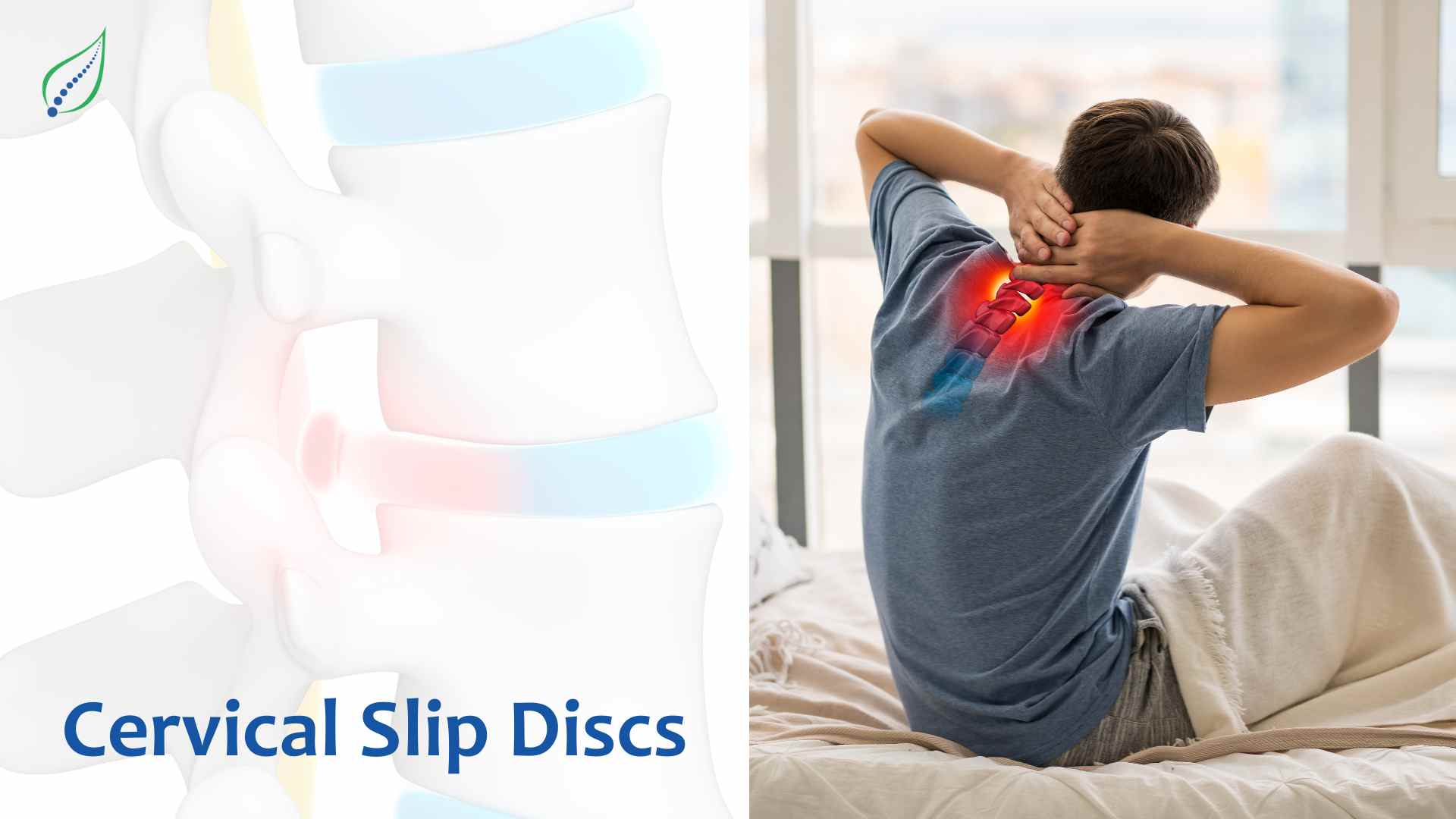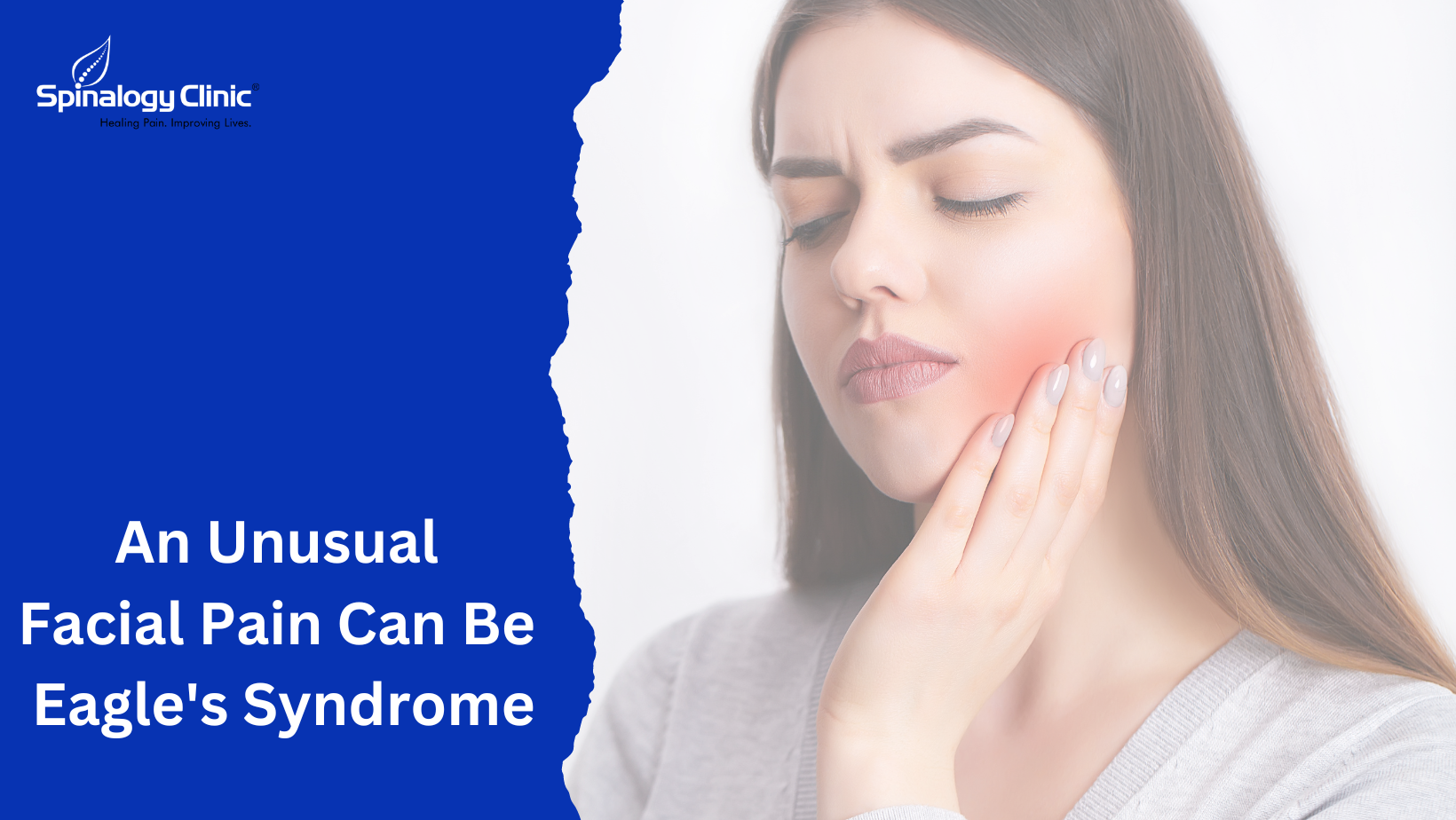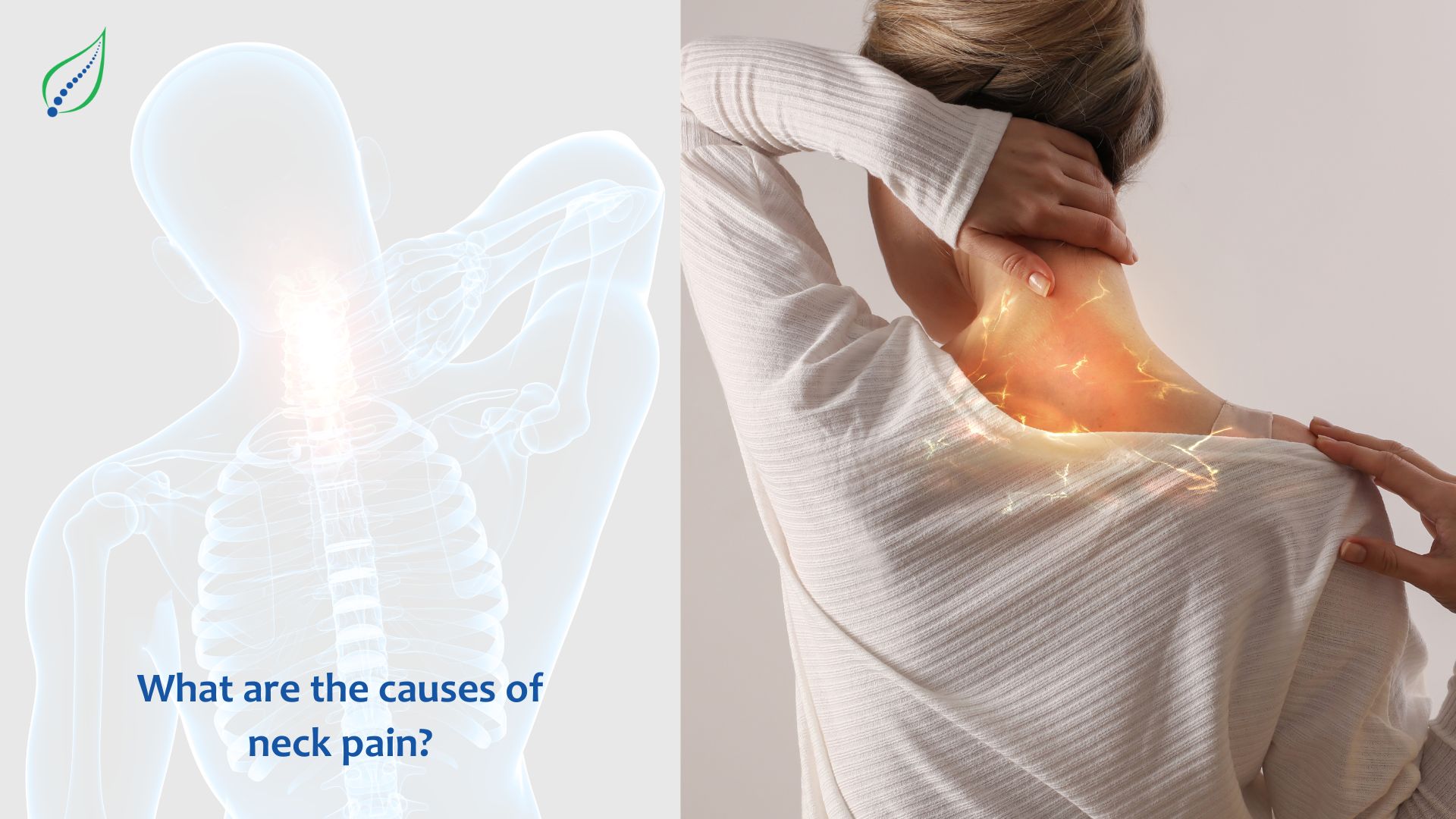Understanding Cervical Slip Discs: Causes, Symptoms, and Non Surgical Treatment
The cervical spine consists of seven vertebrae in the neck from C1 to C7. Between these vertebrae are discs that act as cushions that has shock absorbing quality and allows flexibility. A cervical slip disc occurs when the outer part of the disc ruptures, causing the gelatinous substance to ooze out. This can apply pressure on the adjacent spinal nerves and causing pain. Let’s take a closer look at what is leading to cervical disc herniations, how to recognize the symptoms,.
What Causes Cervical Herniated Discs?
The discs in the spine consist of a tough outer layer called the annulus fibrosus which is a soft, jelly-like structure in the center known as the nucleus pulposus. As we age, the disc starts to dehydrate and lose their flexibility and shock absorbing abilities.
Genetics also play a role in disc degeneration. When the annulus becomes weakened from wear and tear or dehydration, it is more prone to tearing. A sudden injury such as whiplash from a car accident or sports injury can also cause enough strain to rupture the outer layer of the disc.
Cervical herniated discs are most common in the C5-C6 and C6-C7 areas of the neck mostly because these segments at the base of the neck which undergoes most of the movement such as moving left, right, up, and down throughout the day. Increased pressure from body weight or straining can make these lower discs more likely to herniate.
Recognizing the Symptoms of a Slip Disc in the Neck
The symptoms of a cervical herniated disc can vary greatly depending on the location and size of the rupture. They can come on suddenly in the case of an injury or develop more gradually over time. Here are some of the commonest signs of a cervical slip disc:
- Localized neck pain - You may feel a sharp, stabbing pain or tightness, stiffness or soreness in the neck. Pain tends to increase with certain motions like twisting, bending forward, or looking upwards.
- Radiating arm pain - A pinched nerve root can cause symptoms to travel down the shoulder, arms, and even into the hands. You may feel numbness, tingling, or burning sensations that follows the path of the irritated nerve.
- Muscle weakness - Nerve compression can reduce strength in the shoulders, arms, or hands. This may affect your ability to lift items, open jars, or perform other daily activities.
- Reflex changes - Your bicep, triceps, and brachioradialis reflexes located in the arms may be decreased.
- Headaches - Due to shared nerve supply, cervical disc herniation can trigger severe headaches.
- Loss of coordination - Discs that put pressure on the spinal cord can also affect fine motor coordination in the upper extremities.
Seeking prompt medical evaluation for these symptoms is crucial, as untreated nerve compression can lead to permanent neurological damage. Your physician will be able to determine if your symptoms are caused by a cervical disc herniation based on a physical examination, MRI imaging, and other diagnostic tests.
Non Surgical Treatment Options for Cervical Herniated Discs
Mild to moderate slip discs in the neck are often treated conservatively through more natural, non-surgical methods. Here is an overview of some conservative treatment options that your doctor may recommend:
Medications:
- Non-steroidal anti-inflammatory drugs (NSAIDs) like ibuprofen helps in reducing inflammation and relieve painful symptoms.
- Muscle relaxants such as cyclobenzaprine provide relief from neck spasms and tightness.
- Nerve pain medications like gabapentin block pain signals and may calm radiating symptoms.
Physical Therapy:
A physical therapist can provide modalities like heat, ice, ultrasound, and electrical stimulation to alleviate disc pain and inflammation. They will also guide you through gentle exercises and stretches to improve mobility, strength, and posture. Cervical traction may be utilized to take pressure off the discs. Massage techniques can loosen tight neck muscles.
Cervical Epidural Injection:
Therapeutic steroid injection in the epidural space helps in reducing inflammation around the nerves.
Cervical Collars:
Wearing a soft cervical collar initially restricts motion while the disc is healing and may offer pain relief. Your doctor will provide detailed instructions on how long to wear it ..
Lifestyle Modifications:
Making certain changes to your everyday habits and work environment can also help reduce symptoms. These include:
- Maintaining proper head, neck and shoulder posture while sitting and standing
- Avoiding activities that aggravate radiating arm pain
- Limiting overhead reaching or lifting
- Using ergonomic pillows and workstations modifications
- Applying ice or heat packs as needed for pain relief
- Performing light neck stretches periodically throughout the day
Non-surgical treatment options focus on alleviating inflammation and muscle spasms, improving spine mobility, and calming irritated nerve roots. While these non-surgical methods require dedication and time, they are an effective way to successfully manage many cervical disc herniation.




